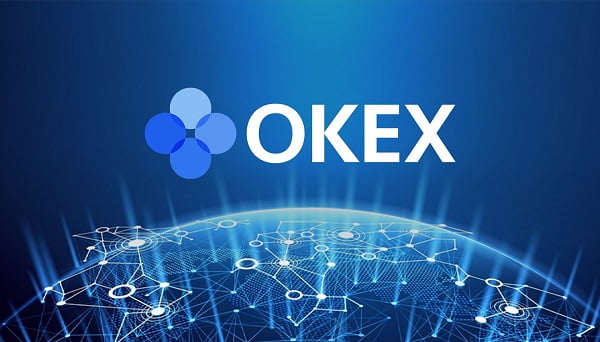
[ad_1]

Saga, a protocol aimed at helping Web3 game developers launch their own blockchains, has announced a $5 million seed extension round spearheaded by venture capital firm Placeholder.
The investment brings Saga’s total funding to $13.5 million and comes just months before Saga launches its mainnet in January. For Placeholder, this is the largest pre-Layer-1 stake it’s taken in a portfolio company.
The main appeal of Saga, according to co-founder and CEO Rebecca Liao, is its scalability.
“Blockspace on Saga is theoretically infinite because you can spin up as many chains as you like all in parallel,” Liao told Decrypt. “It’s a lot like cloud infrastructure.”
The funding round comes as signs point toward a crypto market thaw following a year of price declines. Liao said she expects transparency around Saga’s user numbers after launch to validate its technology. It’s part of the reason why the Saga team decided helping projects with user acquisition was the better way to help teams scale—not developer grants.
“We felt that that wasn’t a good way to really test whether you had product market fit,” Liao said. “And so everyone who’s building on Saga is here without any promise of compensation.”
Even so, Saga is planning a token airdrop—first for participating testnet developers and later for community members. Liao said the requirements will be “quite high” to deter opportunistic speculators.
Saga’s chainlets
While protocols like Ethereum and Solana are singular “monolithic” blockchains, Saga is designed to launch customizable parallel chains called “chainlets” for each application. In fact, Saga is already a part of the infrastructure that makes Polygon “supernets” and Avalanche “subnets” possible.
“When you have one chain, it doesn’t matter how fast the pipes are, how much compute you add to it over time—it’s still one chain. And so you’re bound to run out of blockspace,” she said. “So the reason why projects like Polygon, Avalanche, and frankly other L1s, were starting to look to things like side chains, roll ups, app chains, is if you’re looking to add blockspace you need to add chains to your your existing chain in order to scale.”
This scalability is important for attracting developers of high-performance applications like games, Liao explained. She cited strong developer traction, noting Saga now has nearly 300 projects building on its testnet code-named Pegasus.
While Saga has emphasized gaming so far, Liao said it aims to be a “general infrastructure platform” capable of serving many types of decentralized applications.
Still, the company believes gaming will be key for driving mainstream crypto adoption. Liao pointed to trouble at traditional gaming studios as an opportunity for web3 models. The main focus at the moment: Mobile gaming.
“It really does test your infrastructure the most out of all forms of gaming because of the live ops of the constant updates that you need, the volume of transactions that you have, and of course the performance requirements of the end user,” she said. ” We expect everything to be immediate—basically no latency—on mobile.”
Stay on top of crypto news, get daily updates in your inbox.
[ad_2]
Source link



